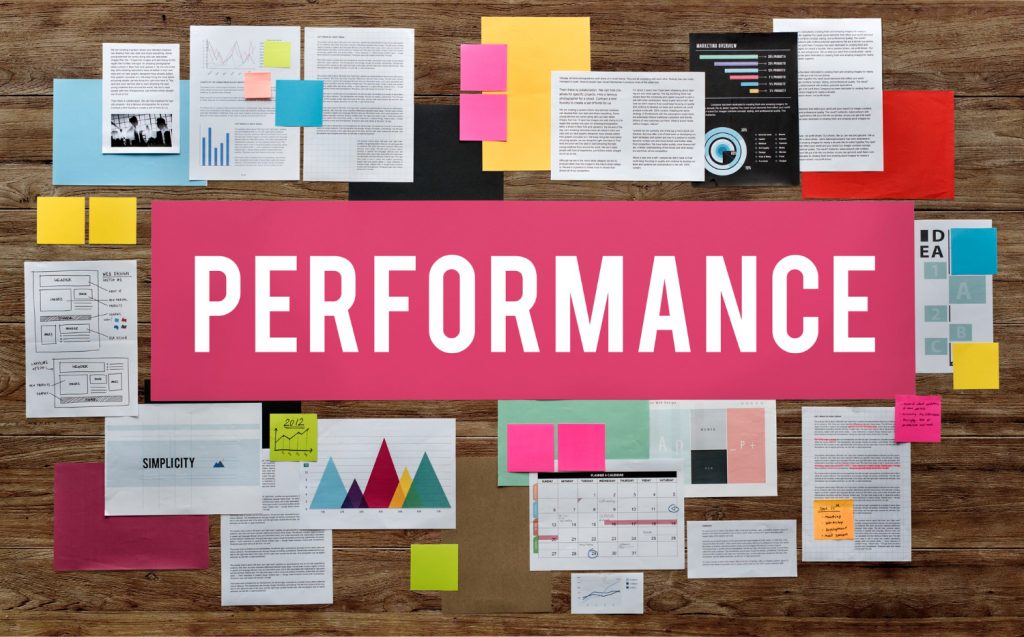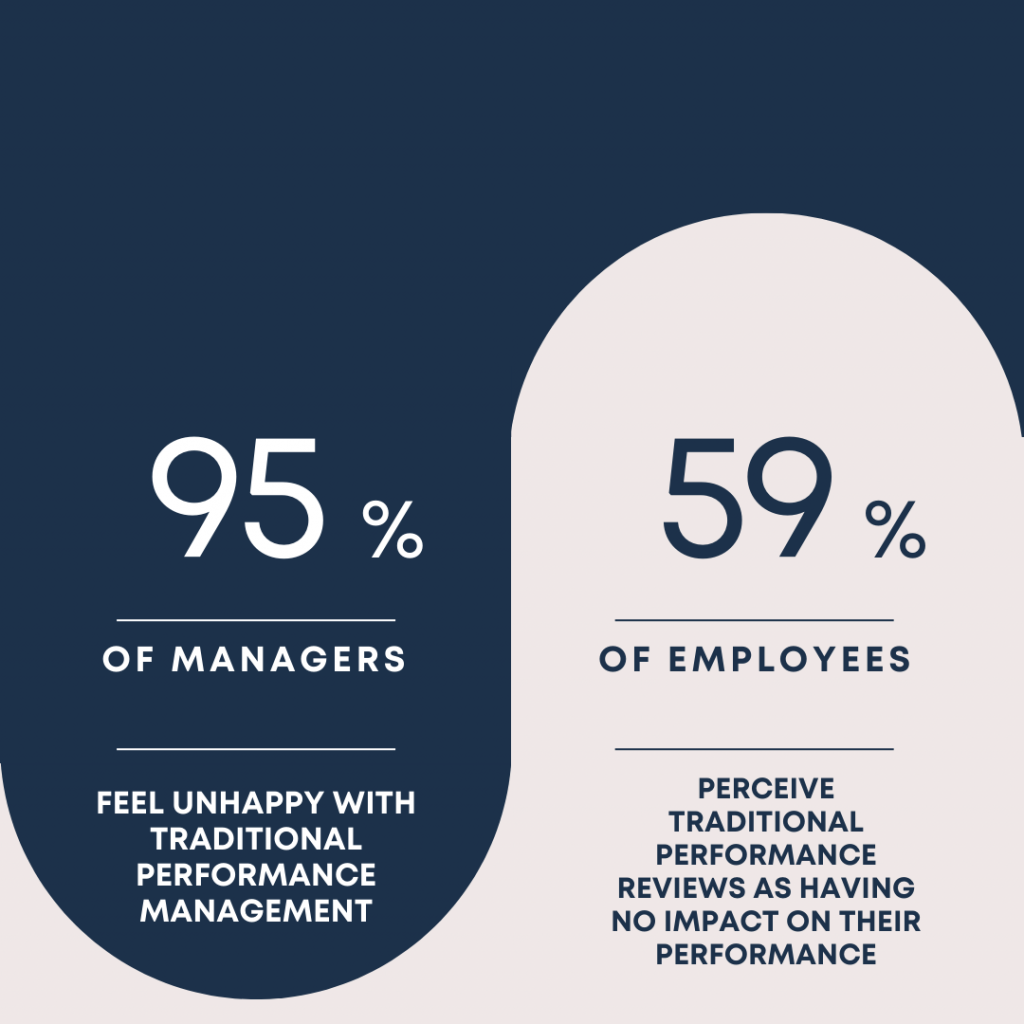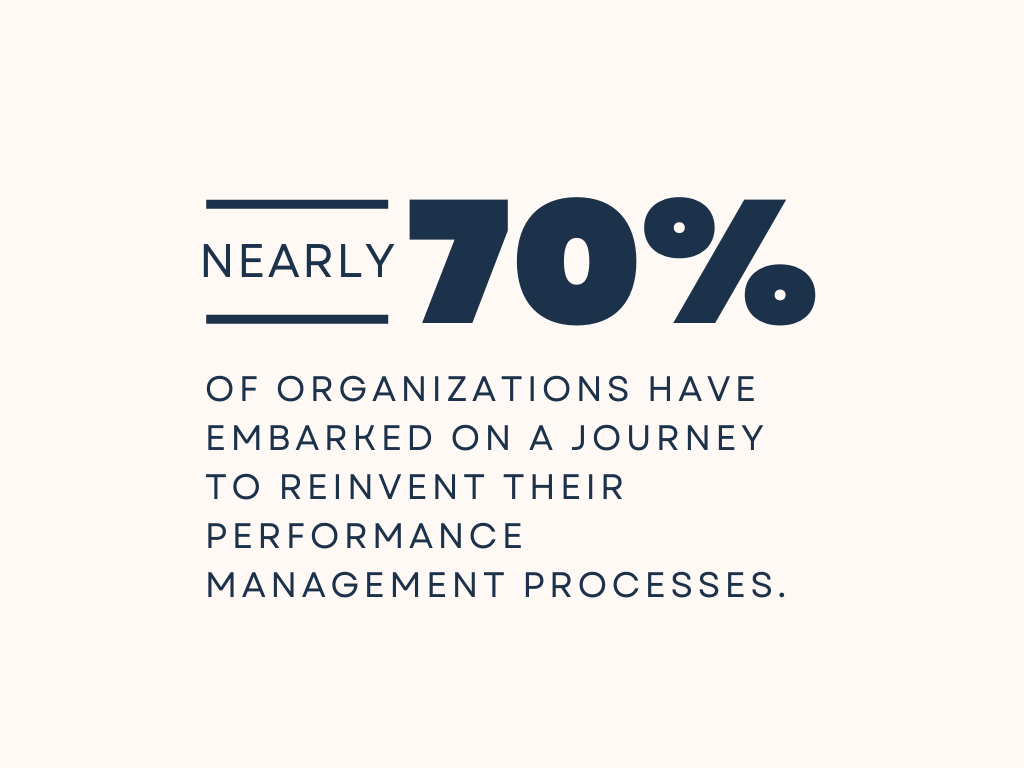
The Future of Enterprise Software: The Top 5 Oracle Competitors
Explore some of Oracle’s biggest competitors and discover what they bring to the table that differentiates them from the leader in enterprise software.

2025, so far, brought a challenging business landscape characterized by headcount freezes, redundancies, and cost-cutting measures. Thus, organizations now face difficult decisions that may significantly impact their overall performance and success.
Unfortunately, the lack of accurate and timely data often leaves decision-makers reliant on opinions or guesswork, making it harder to make informed choices.
To address the need for data-driven insights and effective performance management strategies, businesses are using innovative tools to enhance their performance management processes.
Whether you’re a team leader or a team member, discovering and leveraging performance management tools can greatly benefit your professional growth and the overall success of your organization.
This article explores the definition and value of performance management tools in the modern business environment. Additionally, we will highlight top-performing software programs that have emerged in the field of performance management.

To begin with, we must answer the question: what are performance management tools?
Performance management tools are software applications that assist businesses in effectively managing employee performance. These tools streamline processes such as performance evaluation, goal-setting, and individual development planning.
Unlike traditional performance reviews, which happen infrequently and often result in stress and ineffectiveness, these software systems enable the easy establishment and monitoring of goals over time, facilitating smoother review cycles.
By utilizing performance management software, managers can set annual objectives for their team members and identify high-performing individuals and those that require improvement. This empowers managers to become skilled career coaches, contributing to the overall happiness of employees.
Additionally, these tools alleviate HR’s administrative workload by reducing paperwork andfreeing up more time for employee-focused initiatives.
These tools offer a range of features to support organizations in effectively managing and evaluating employee performance, aligning goals, and fostering a culture of continuous improvement and development. The choice of software depends on each organization’s specific needs, pricing models, and preferences.



Undoubtedly, traditional performance management practices often leave both managers and employees dissatisfied. Performance management statistics reveal that 95% of managers feel unhappy with the existing system. In addition, 59% of employees perceive traditional performance reviews as having no impact on their performance.

Considering these shortcomings, organizations increasingly use performance management tools to revolutionize their approach.
Modern performance management tools offer numerous advantages for organizations, managers, and employees, including:
As the market is flooded with various options, it becomes essential to establish specific criteria for evaluating these tools.
Organizations can make informed decisions and select the most suitable performance management system by focusing on key aspects.
Some of the essential criteria to consider are:
An effective performance management tool should be user-friendly and intuitive. It should require minimal training for both managers and employees to navigate and use efficiently.
A well-designed interface and clear instructions contribute to a positive user experience and increase the tool’s adoption rate.
The tool should provide features for setting and tracking goals. It should enable employees to establish SMART (Specific, Measurable, Achievable, Relevant, Time-bound) goals and monitor their progress. Managers should be able to provide feedback, track milestones, and adjust goals as needed.
Timely feedback is crucial for performance improvement.
Organizations prioritizing ongoing feedback processes experience a 14.9% lower turnover rate than those relying solely on annual appraisals.
Therefore, the software solution should allow for real-time feedback, goal updates, and regular check-ins, enabling constructive discussions and fostering a culture of ongoing development.
Performance management tools should streamline the evaluation process.
They should provide a structured framework for conducting performance reviews, capturing both quantitative and qualitative data. The tool should allow for self-assessment, peer feedback, and manager evaluations, enabling comprehensive, 360-degree performance evaluations.
Performance platforms should provide robust analytics and reporting capabilities.
They should generate meaningful insights and metrics to assess individual and team performance. The software should offer competency analysis, customizable reports, dashboards, and visualizations that provide actionable information for decision-making and identifying areas of improvement.
When choosing a performance management tool, several factors come into play.
Begin by answering the following questions to ensure you make the right decision:
Integration & Compatibility:
Scalability & Flexibility:
Security & Data Privacy:
Cost-effectiveness:
Mobile Accessibility:
Vendor Support & Reputation:
Consider these factors, reflect on your organization’s needs, and use these questions as a performance management guide to select a system that aligns with your goals and enhances your performance management processes.
Having mental health’s individual and sensitive nature in mind is why relying on external experts to evaluate it is a better solution than leaning solely on the in-house HR team. This is also a better solution for bigger companies handling the matter without external help.

However, successfully adopting performance management tools requires careful planning and communication, and organizations should consider several key factors.
First, aligning the tools with the organization’s overall strategy and goals is essential.
By customizing the tools to reflect the unique needs and culture of the organization, employees are more likely to embrace them and perceive them as valuable resources rather than burdensome administrative tasks.
Second, organizations should establish clear guidelines and expectations for performance management tools. This includes defining the frequency and format of feedback, setting realistic goals and targets, and providing guidelines on how to use the tools effectively.
Transparent communication about the purpose and benefits of the tools is crucial in gaining buy-in from employees and fostering a culture of continuous improvement.
In addition, organizations should regularly evaluate the effectiveness of performance management tools and make necessary adjustments. This can involve gathering feedback from employees and managers, analyzing performance data, and conducting periodic reviews to identify areas for improvement.
By continuously monitoring and refining the tools, organizations can ensure they remain relevant, user-friendly, and aligned with evolving business needs.
As organizations strive to optimize their performance management processes, several emerging trends and future developments are shaping the landscape of performance management tools.
Integrating artificial intelligence (AI) into performance review processes is a significant trend.
It’s clear that continuous feedback systems are replacing traditional annual or semi-annual performance reviews. However, human error and unconscious biases can still influence the integrity of feedback.
By leveraging performance management software and AI, organizations can minimize biases and enhance the accuracy of evaluations. These AI systems capture real-time performance data throughout the year, providing a comprehensive and objective view of an employee’s progress.
Moreover, AI algorithms can analyze performance patterns and recommend tailored training and development programs to foster individual growth.
Another significant development is the increasing adoption of cloud-based performance appraisal software.
Cloud technology has gained tremendous popularity worldwide, with a notable 26% increase in cloud adoption in all regions, as reported by Gartner. This shift to the cloud is particularly beneficial for small and midsize businesses that can access feature-rich HR applications at affordable subscription costs, eliminating the need for heavy infrastructure investments.
Moreover, predictive analytics is emerging as a powerful tool within performance management. By analyzing historical performance data, organizations can identify patterns and trends, enabling them to make informed decisions about talent management, succession planning, and resource allocation.
Predictive analytics can help organizations identify and nurture top talent with high-performance management, forecast future performance, and proactively address performance gaps.
In short, performance management tools have become essential in today’s business world. These tools enable data-driven insights, streamlined processes, and improved performance tracking, ultimately contributing to the success and growth of organizations.
Disclosure: Some of the products featured in this blog post may come from our partners who compensate us. This might influence the selection of products we feature and their placement and presentation on the page. However, it does not impact our evaluations; our opinions are our own. The information provided in this post is for general informational purposes only.
Senior Content Writer at Shortlister
Browse our curated list of vendors to find the best solution for your needs.
Subscribe to our newsletter for the latest trends, expert tips, and workplace insights!

Explore some of Oracle’s biggest competitors and discover what they bring to the table that differentiates them from the leader in enterprise software.

From streamlining administrative and bureaucratic tasks to boosting motivation and productivity – the benefits of HRIS within an organization are extensive, making the investment worth it for both HR departments and companies.

A company is only as good as its workers. Thus, its potential undoubtedly increases with a high-quality onboarding program.

Explore free genealogy software solutions and their helpful features to discover more about your family roots and ethnicity.
Used by most of the top employee benefits consultants in the US, Shortlister is where you can find, research and select HR and benefits vendors for your clients.
Shortlister helps you reach your ideal prospects. Claim your free account to control your message and receive employer, consultant and health plan leads.